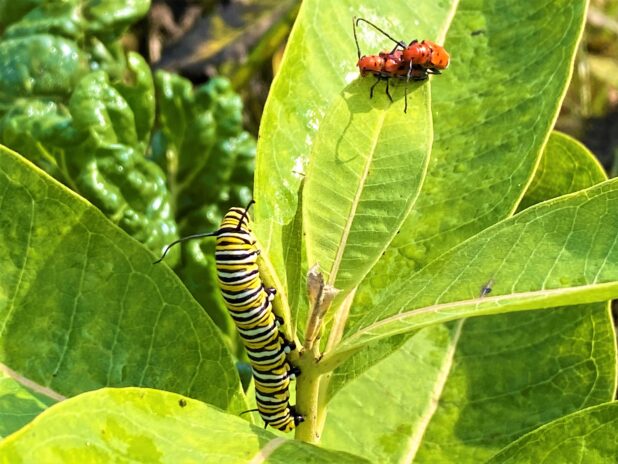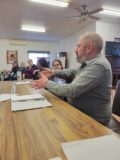Commentary
Naming the numbers
September 28, 2021

By Nate Smelle
On Thursday, Sept. 30 it will have been 124 days since the carefully hidden bodies of 215 Indigenous children were found buried on the grounds of the former Kamloops Indian Residential School in British Columbia. Since this gruesome and shameful discovery, through the use of ground-penetrating radar more than 1,800 other Indigenous bodies – mostly belonging to children – have been found in the soil outside several former Canadian residential schools.
When covering crises and crimes of this sort, where a number is meant to represent the life of a once living, breathing human being, I always take extra care to find the exact number of lives lost as a result of the happening under investigation. Sometimes this search is as simple as a few clicks. For instance, as we all know by now, on Sept. 11, 2001 nearly 3,000 people were killed when hijackers coordinated four terrorist attacks on American soil; two of which brought down the World Trade Center Twin Towers in New York City. Looking at the numbers a little more closely, one learns that in actuality 2,996 people died during the attacks. Tightening the focus again, one discovers that 19 of the individuals to perish in the flames this day were the mass murderers responsible for this world-altering crime.
Of course all life is sacred, however, there is no denying the fact this information provokes one to have a different emotional response when mourning the lives of the other 2,977 victims. The point is that when it comes to documenting death every digit matters, because each digit has its own identity and story that matters as well. In the same manner, each and every one of the stolen Indigenous children’s bodies has an identity and a story that matters. Each and every number has a name that was given to them by their family; a name that has layers of meaning and a story of its own.
Unlike when researching the terrorist attacks on 9/11/2001, when writing on the discovery of the 1,800+ Indigenous children’s bodies, I found myself struggling to find the statistics I required. As I sat there perplexed by the relative failure of my search, I recalled how I had the same difficulty finding the numbers of missing or murdered Indigenous women, girls and Two-spirited people.
Considering the national response to the discovery of the 215 dead children from the Tk’emlúps te Secwépemc First Nation at the former residential school in Kamloops, I expected to see the party leaders and candidates talking more about reconciliation, and Indigenous issues during the recent campaign. Yet, despite the fact that there have been nearly eight times as many Indigenous children’s bodies discovered on the grounds of other former residential schools since the discovery in Kamloops, there was nary a peep of the word “reconciliation” on the campaign trail.
Nevertheless, on this first National Day for Truth and Reconciliation we must honour these children and all those who have yet to be found by educating ourselves about the history of Canada’s colonization; and the atrocities – such as those within the residential school system – that were perpetrated against Indigenous people in the name of God and so-called “civilization.”
The more we learn about Indigenous cultures, history, technology, and societies, the better we can understand the context in which the stories of these stolen children were created. When we take the time to truly understand this context, we see that these children were stolen away from culturally rich communities that, unlike we are today, were living sustainably in balance with the natural world. With this knowledge – knowledge our ancestors would have received upon first contact with Indigenous people – we immediately recognize the sinister intent of Canada’s residential school system. It is upon realizations such as these, that we can begin to move the process of reconciliation forward.


















